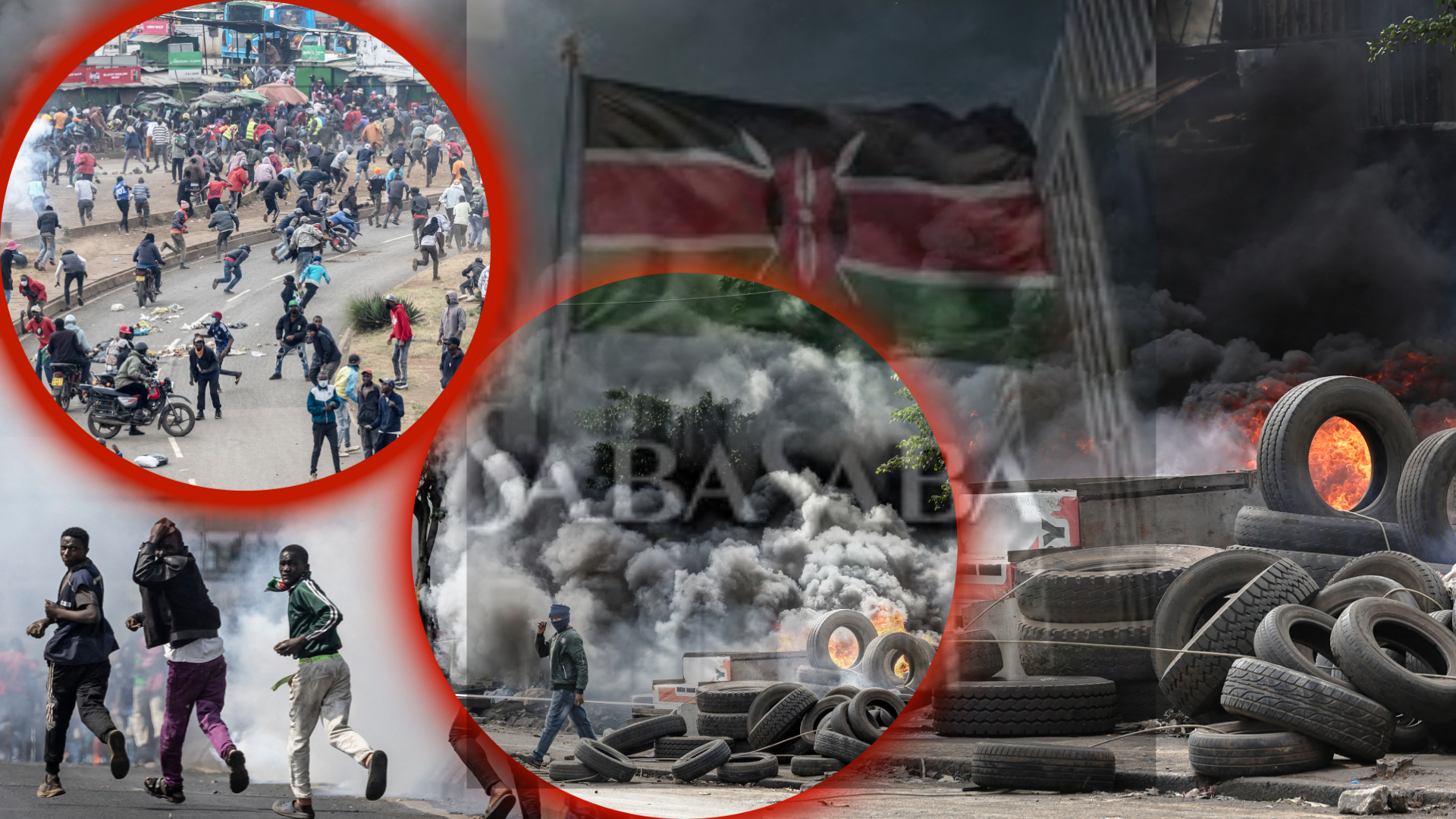
Kenya commemorates Saba Saba Day every July 7th to honor a landmark moment in the nation’s democratic history. On that date in 1990, pro-democracy leaders and citizens gathered at Nairobi’s Kamukunji Grounds to demand political freedom and an end to the one-party rule under President Daniel arap Moi.
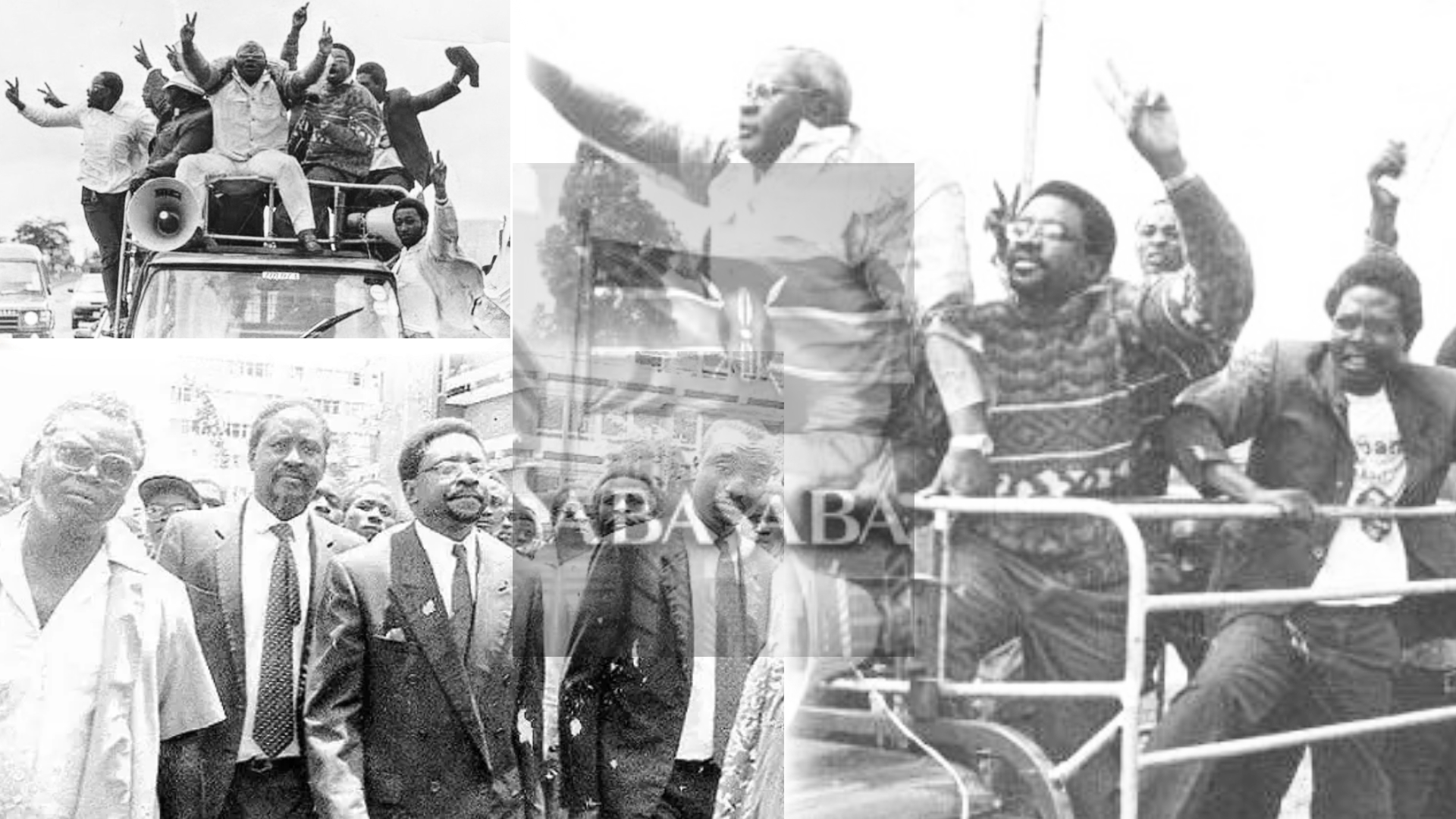
The protest, organized by figures like Kenneth Matiba and Charles Rubia, was met with a heavy government crackdown, yet it ignited a powerful movement that led to the repeal of Section 2A of the Constitution and the eventual introduction of multiparty democracy.
Today, Saba Saba stands as a powerful symbol of civic resistance, reminding Kenyans of their collective struggle for justice, human rights, and accountable leadership.
The Saba Saba protests of July 7, 2025 began as a symbolic commemoration of Kenya’s pro-democracy movement, but quickly escalated into one of the most volatile civic uprisings in recent memory. Initially organized by Gen Z activists and civil society groups to mark the 35th anniversary of the original 1990 demonstrations, the protests were fueled by deep frustrations over economic hardship, corruption, police brutality, and the controversial Finance Bill.
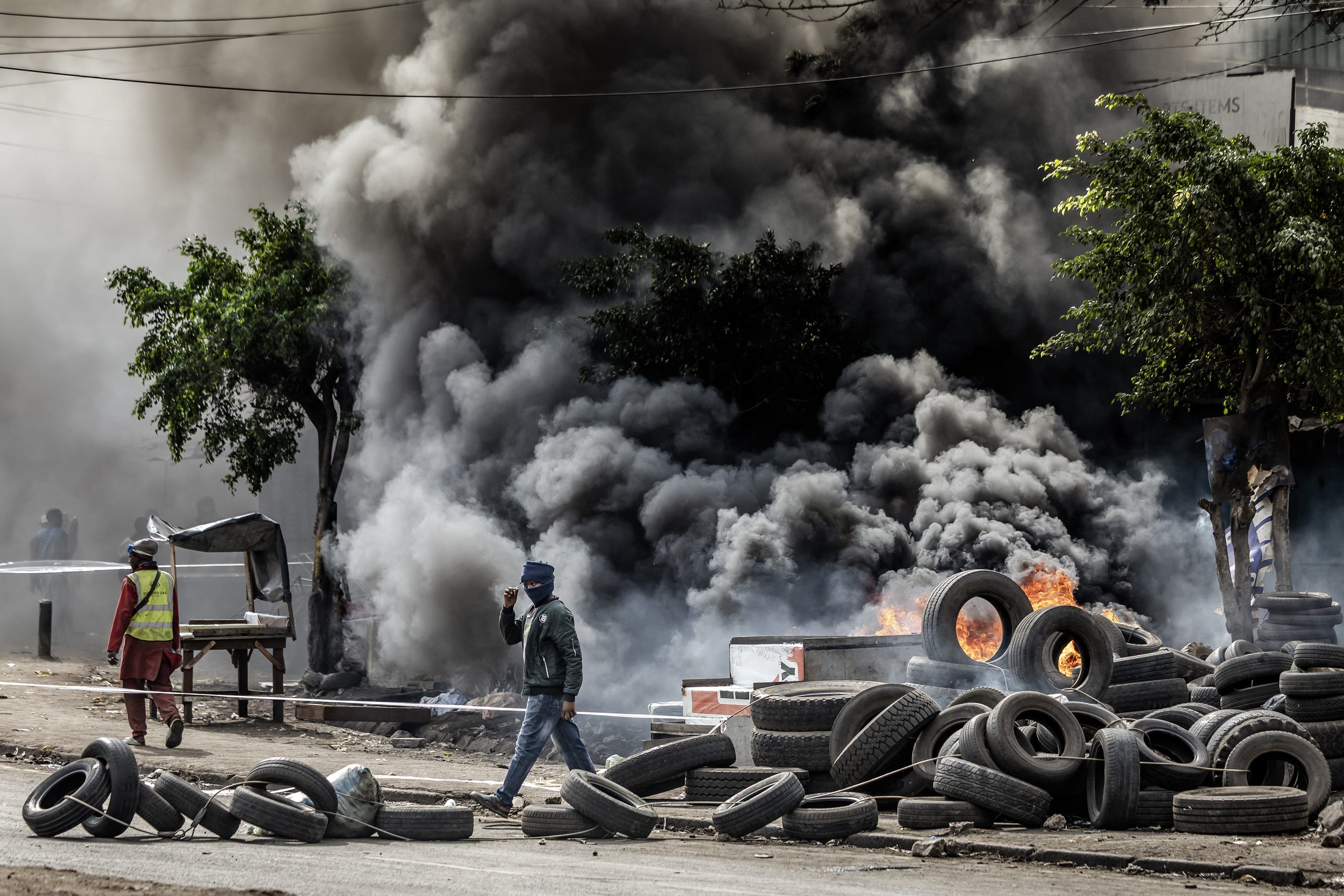
The movement gained momentum through digital platforms like TikTok, X, and Facebook, where calls for mass mobilization spread rapidly. Chants of “Ruto Must Go” and “Mwizi!” echoed across towns and cities, reflecting widespread anger toward the government’s perceived failures.
Violence erupted when police blocked access to key areas and deployed tear gas, rubber bullets, and—in some cases—live ammunition.
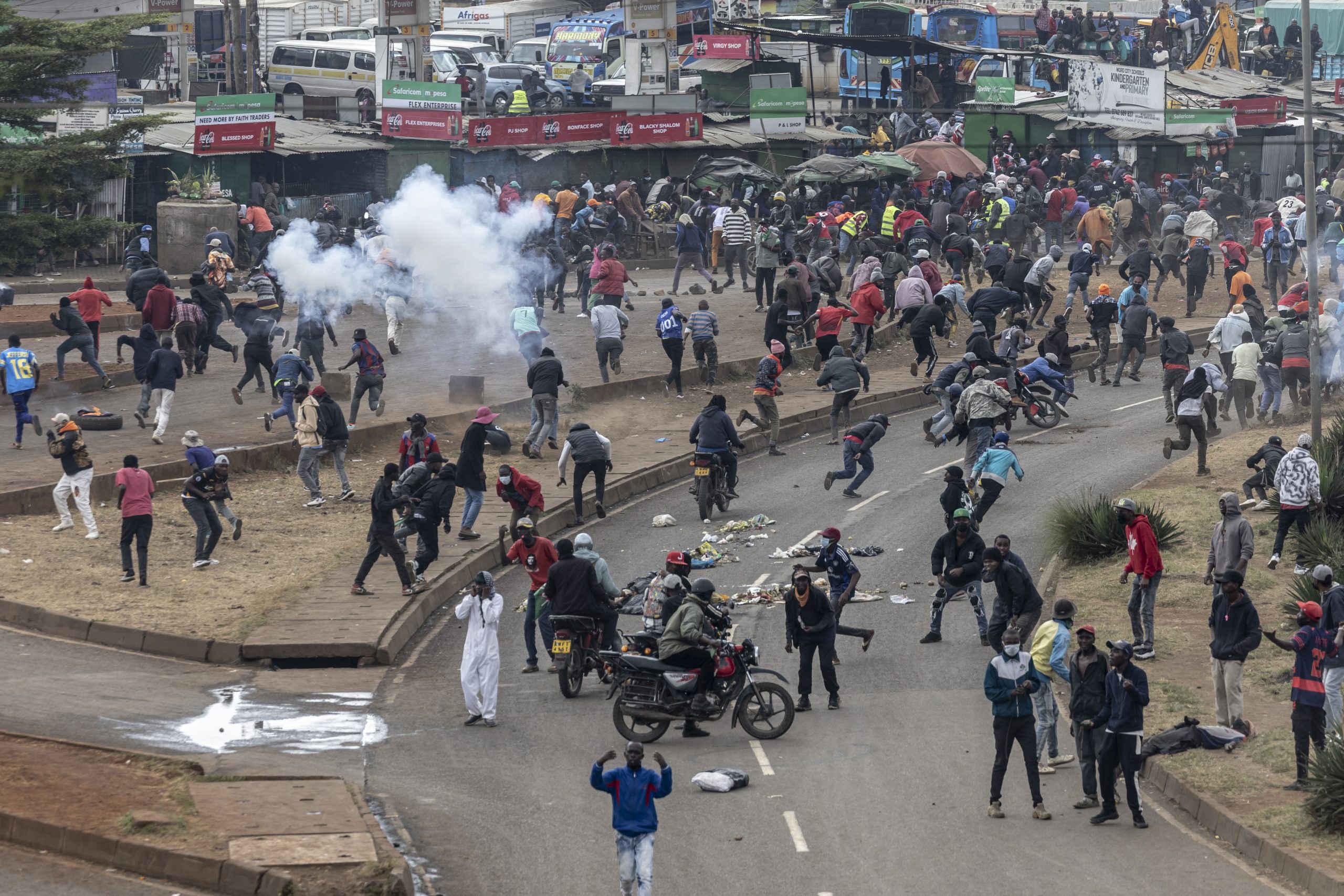
July 7, 2025, Saba Saba Day commemoration was marked by widespread unrest across Kenya, with clashes erupting in both urban centers and rural towns as Gen Z-led protests intensified. Here’s a deeper look at the key hotspots:
Nairobi County
The capital saw some of the most intense confrontations. Protesters attempting to access the Central Business District were blocked by police along major arteries like Thika Road, Waiyaki Way, Kenyatta Avenue, and Mombasa Road. Tear gas was fired near the General Service Unit headquarters in Ruaraka as demonstrators tried to march toward the city center. Kamukunji Grounds, a symbolic site for political gatherings, also witnessed heavy police action.
Kajiado County
In Ngong, three protesters were fatally shot amid intense clashes with police, marking one of the deadliest incidents of the day. The confrontations reportedly escalated when demonstrators attempted to breach police barricades, prompting the use of live ammunition. Eyewitnesses described scenes of panic and chaos, with tear gas filling the air and crowds scattering in all directions.
Kitengela saw similarly disturbing scenes. A 21-year-old boda boda rider, Brian Kimutai, was shot dead by police after reportedly raising his hands in surrender. His death sparked outrage among locals, who stormed the Subcounty Hospital demanding answers and forcing medical staff to flee. Several other protesters were seriously injured and transferred to Kenyatta National Hospital. The violence disrupted emergency services and underscored the breakdown of medical neutrality, with ambulances blocked and healthcare workers unable to reach patients.
Nyandarua County
Tumaini Market in Nyandarua County became a flashpoint after one protester was shot dead and another critically injured in clashes with police forces. The confrontation unfolded after demonstrators were blocked from entering Olkalou town and redirected their march to Tumaini, roughly 10 kilometers away. There, they erected barricades and reportedly attacked officers attempting to clear the road.
Nyandarua Central sub-county police boss Sammy Kamau confirmed that a police officer was also injured in the melee and is currently receiving treatment at JM Memorial Hospital, alongside the critically wounded protester who was admitted to the ICU. The escalation in Tumaini followed earlier unrest in Olkalou, where authorities had recently dealt with significant property damage, prompting a heavy security presence.
Embu County
In Kiritiri, a protester was reportedly shot dead during confrontations with police forces deployed to disperse demonstrators. The area saw heightened tension throughout the day, with road closures disrupting transport and access to essential services.
Local businesses remained shuttered, and residents stayed indoors as fears of escalation loomed. While the scale of unrest in Mbeere was less intense than in Nairobi or Kajiado, the fatality underscores the nationwide reach of the protests and the risks faced even in smaller towns. The Kenya National Commission on Human Rights included Mbeere in its tally of counties where lives were lost, adding weight to calls for accountability and restraint in managing civic dissent.
Nakuru and Naivasha
In Nakuru’s Free Area, protesters lit bonfires and hurled stones at police, effectively paralyzing transport and turning the city into a ghost town. Businesses shuttered, public service vehicles withdrew, and anti-riot police struggled to contain the chaos. One particularly vivid moment occurred when a police horse bolted after its rider was attacked, underscoring the intensity of the confrontation.
In Naivasha, the situation escalated the night before Saba Saba Day. Youths erected illegal roadblocks at Kayole, Kinungi, Ihindu, and the Flyover, robbing passengers of cash and valuables. Motorists were forced to pay to proceed, while others refused to stop, prompting police intervention. Calm was eventually restored following the deployment of security forces, including Kenya Defence Forces personnel, who were welcomed more warmly than regular police
Meru County
Magunas Supermarket in Makutano, Meru County, was looted and set ablaze during the height of the Saba Saba protests. Eyewitnesses reported that a mob—described as goons masquerading as protesters—stormed the premises, stole goods, and then set the building on fire. The situation quickly escalated as anti-riot police struggled to contain the violence, and a Meru County fire truck deployed to extinguish the blaze was pelted with stones after running out of water. A Kenya Red Cross vehicle sent to assist injured civilians was also vandalized, underscoring the breakdown of emergency response in the area.
The destruction of Magunas Supermarket, a prominent retail outlet, has been described as one of the most severe cases of business sabotage during the protests. It highlights the vulnerability of economic infrastructure when civil unrest spirals into lawlessness. Local entrepreneurs have expressed frustration, warning that such incidents could deter investment and deepen economic instability.
Kirinyaga County
Mwea town in Kirinyaga County, protesters lighting bonfires and erecting roadblocks along the Mwea–Embu highway, especially at Ngurubani and Kimbimbi. The demonstrations were led by youth groups who cited police brutality, economic hardship, and government inaction as their core grievances. Transport was paralyzed, businesses shuttered, and matatus kept off the roads amid fears of confrontation with security forces.
The bonfires were described by protesters as symbolic tributes to those who lost their lives in previous demonstrations, particularly those linked to the controversial Finance Bill. The unrest also spilled into private property, with looting and vandalism reported at the Nice Digital City Hotel in Mwea, where police struggled to contain the situation and resorted to tear gas to disperse crowds.
Nyeri and Murang’a
In Nyeri, protesters blocked the busy Nyeri–Karatina Road using burning tyres and large stones, bringing transport to a standstill and forcing businesses to shut down amid fears of violence. The demonstrations echoed grievances over police brutality, economic hardship, and social injustice, with many participants commemorating victims of past protests.
Murang’a town, meanwhile, was gripped by an uneasy calm as residents stayed indoors and matatus remained parked. Anti-riot police patrolled the streets, and major businesses reinforced their entrances to deter looting.
At Kabati near Thika, hundreds of youths lit bonfires and attempted to break into shops, sparking confrontations with police that lasted into the night. Unconfirmed reports suggested that some of the demonstrators had been transported from other regions, raising concerns about organized disruption.
Nairobi Expressway and Mombasa Road
The Nairobi Expressway and Mombasa Road were virtually deserted, as fears of violence linked to the Saba Saba protests gripped the capital. According to eyewitness accounts and media reports, motorists avoided these key arteries, leaving them eerily empty despite their usual heavy traffic.
Police had mounted roadblocks at strategic points, including General Motors, Sameer Business Park, and the Expressway entrances, effectively sealing off access to the city center.
In Mlolongo and surrounding towns like Kitengela, Emali, and Machakos, businesses remained closed and residents stayed indoors. Heavily armed officers patrolled entry and exit points, while some traders reportedly hired youth armed with clubs to guard their premises. Public transport was minimal, and bodaboda riders hiked fares to meet the surge in demand from stranded commuters.
Kisumu and Kisii
In Kisumu, the atmosphere remained calm throughout the day. While most schools closed as a precaution, commercial activity continued with minimal disruption. Residents and traders in areas like Kondele, Nyalenda, and Nyamasaria chose to uphold normalcy, with many publicly denouncing the protests as politically driven and harmful to livelihoods. The city’s shift away from its historical association with aggressive political agitation was evident, as locals emphasized peace and economic progress over confrontation.
Kisii, meanwhile, hosted peaceful gatherings in its Central Business District, where activists, local leaders, and citizens commemorated the 35th anniversary of Saba Saba Day. Though the town saw a heavy police presence, residents maintained a nonviolent stance, using the occasion to honor past democratic struggles and voice current grievances. Businesses remained closed, but the mood was one of civic engagement rather than unrest. Local leaders urged police restraint and emphasized the importance of upholding constitutional freedoms.
Roadblocks Affected Long-Distance Travelers
Long-distance travelers trying to access Nairobi via Waiyaki Way found themselves stranded as police mounted heavy roadblocks ahead of the Saba Saba protests. The Kangemi flyover was completely sealed off, forcing buses and matatus to park near Kabete Police Station and offload passengers. Commuters had no choice but to walk long distances into the city, as public transport was halted and private vehicles were turned away.
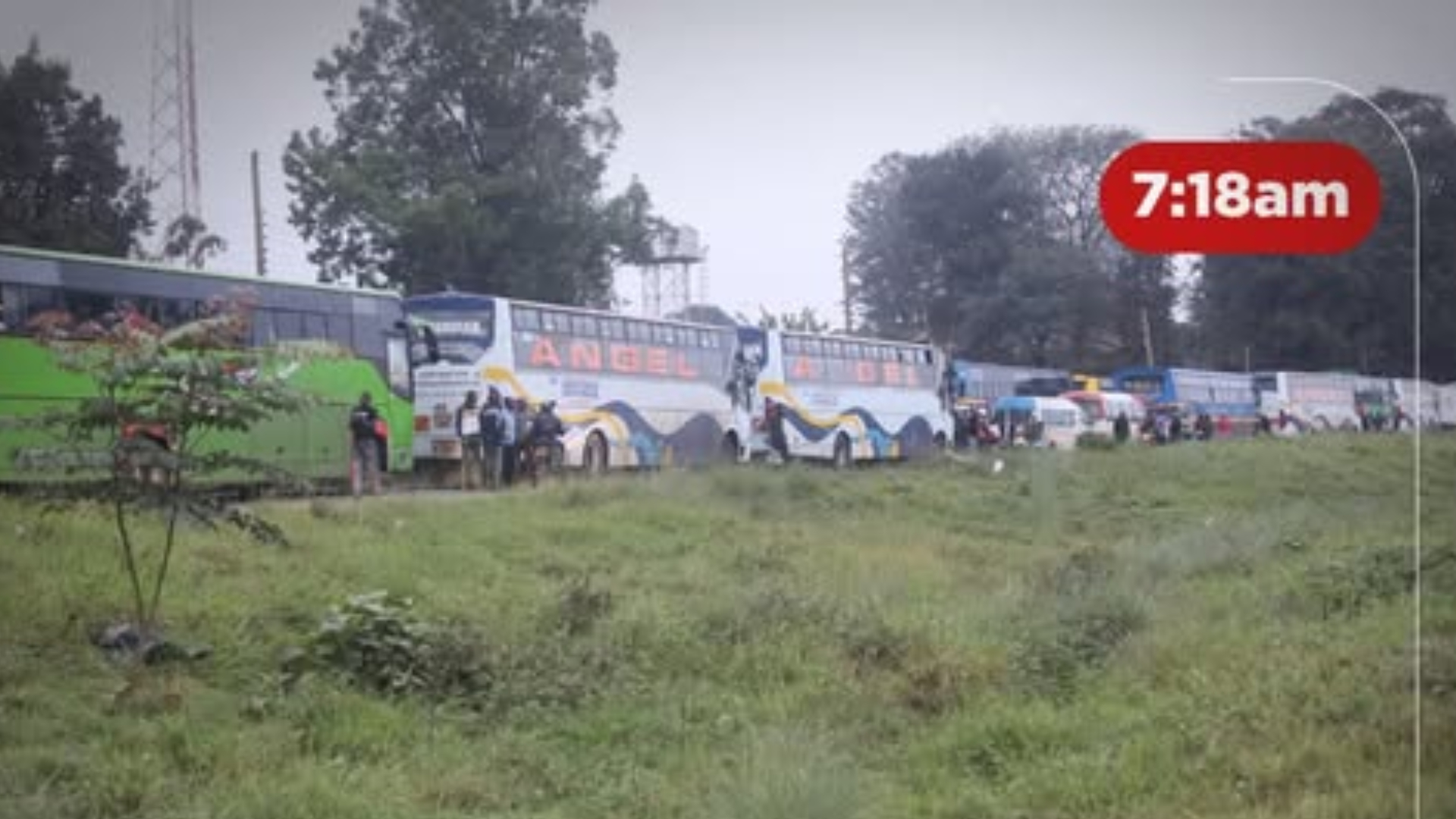
The Saba Saba protests in Kenya on July 7, 2025, concluded not with a formal resolution but through a gradual tapering of unrest as night fell and security forces tightened their grip across major towns.
By evening, most businesses remained closed, public transport was minimal, and emergency services were overwhelmed.
The protests ended not with dialogue but with exhaustion—of both the demonstrators and the state apparatus. Analysts and civil society groups have since warned that the government’s heavy-handed response may have quelled the immediate unrest but deepened public resentment, setting the stage for future confrontations.






